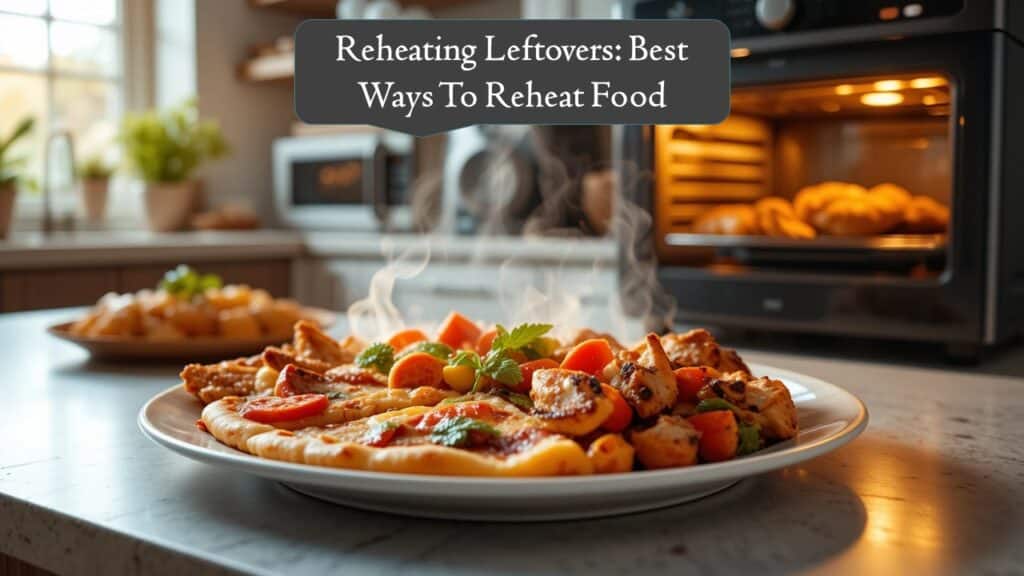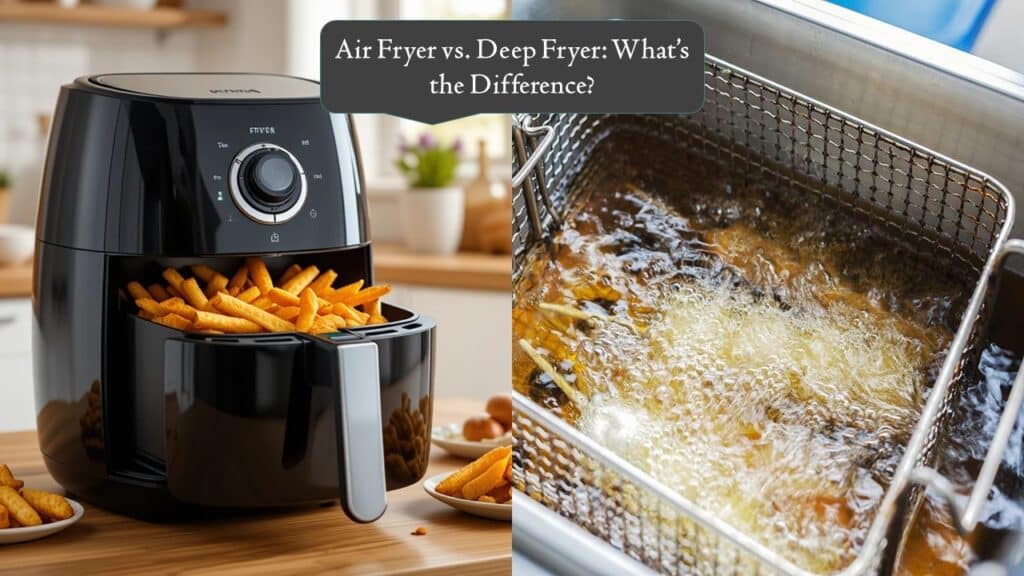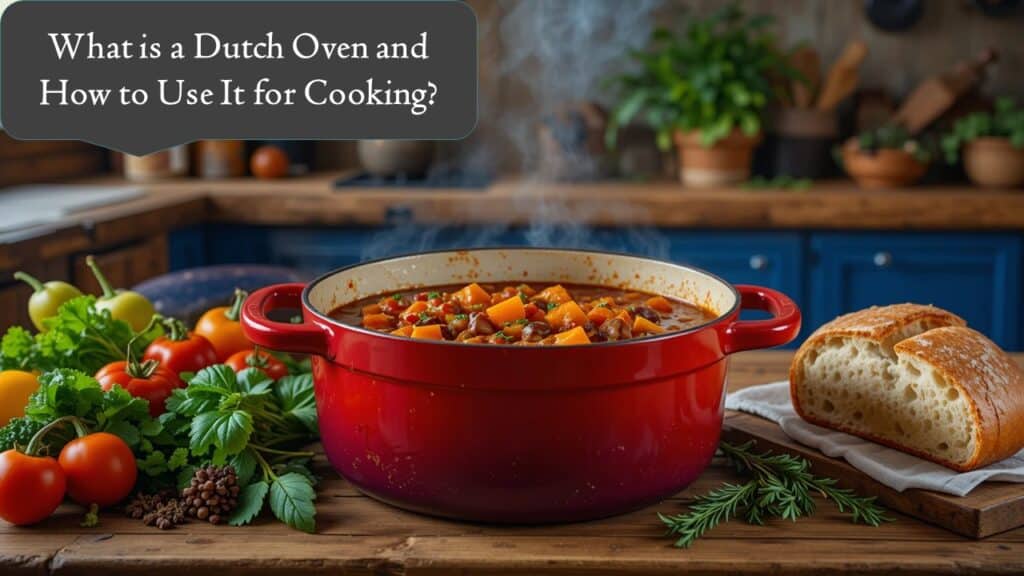Reheating leftovers is a simple way to save time and reduce food waste, but it’s not always as easy as tossing your meal into the microwave. The wrong reheating method can leave your food dry, soggy, or unevenly heated. In some cases, it can even make food unsafe to eat if not heated properly. Luckily, knowing the right techniques for different foods can help you enjoy your leftovers as if they were freshly cooked.
In this guide, we’ll cover the best methods to reheat different types of food, the appliances you can use, and tips to keep your meals tasting great while staying safe.
Why Proper Reheating Matters?
Reheating isn’t just about making your food hot again, it’s about preserving flavor, texture, and nutrients while ensuring safety. Bacteria can grow if food is not reheated to the correct temperature, so aim to heat all leftovers to at least 165°F (74°C). Using the right reheating method can also help you avoid overcooking or drying out your meals.
Best Ways to Reheat Different Foods
-
Microwave: Fast and Convenient
The microwave is the go-to for quick reheating, but it’s best for foods like soups, rice, pasta, and casseroles.
-
How to use:
- Cover food with a damp paper towel to prevent drying out.
- Stir or flip halfway through for even heating.
- Use a lower power setting for delicate items.
- Pro Tip: Avoid microwaving fried foods, as they can turn soggy.
-
Oven: Best for Maintaining Texture
The oven is perfect for reheating baked goods, casseroles, or anything that should stay crispy, like roasted meats or pizza.
-
How to use:
- Preheat oven to 350°F (175°C).
- Place food on a baking sheet and cover loosely with foil.
- Heat for 10-20 minutes, depending on portion size.
- Pro Tip: Remove foil in the last few minutes for a crisp finish.
-
Stovetop: Great for Stir-Fries and Sauces
The stovetop is ideal for reheating stir-fries, pasta, soups, or anything that benefits from a little movement while heating.
-
How to use:
- Use medium heat and a splash of water or broth to prevent sticking.
- Stir frequently for even reheating.
- Pro Tip: This method works best for smaller portions.
-
Air Fryer: Perfect for Crispy Leftovers
The air fryer is excellent for reheating fries, chicken wings, or breaded foods.
-
How to use:
- Set air fryer to 350°F (175°C).
- Heat for 3-5 minutes, shaking halfway through.
- Pro Tip: Avoid overcrowding to ensure crispiness.
-
Steaming: Best for Rice and Dumplings
Steaming gently reheats food without drying it out, making it perfect for rice, dumplings, and vegetables.
-
How to use:
- Place food in a steamer basket over boiling water.
- Cover and steam for 3-7 minutes.
- Pro Tip: Steaming also revives refrigerated bread and buns.
Reheating Safety Tips
- Always store leftovers in airtight containers and refrigerate within two hours of cooking.
- Don’t reheat the same food multiple times; reheat only what you plan to eat.
- Use a food thermometer to ensure food reaches a safe internal temperature of 165°F (74°C).
- Label containers with dates and consume leftovers within 3-4 days for best quality.
Foods You Should Avoid Reheating
Some foods lose flavor or texture, or even become unsafe when reheated:
- Leafy greens like spinach (can develop harmful compounds if reheated multiple times).
- Fried foods (lose crispiness in the microwave).
- Fish (often dries out and becomes rubbery).
- Eggs (can turn rubbery or develop a strange texture).
Final Thoughts:
Reheating leftovers the right way can make them taste just as good as when they were freshly cooked. The key is to choose the best reheating method for the type of food you’re working with. While microwaves are fast and convenient, ovens, stovetops, and air fryers are better at preserving texture and flavor. Steaming is excellent for delicate foods, ensuring they remain soft and moist.
Taking the time to reheat your food properly not only elevates your mealtime experience but also helps prevent foodborne illness. By storing your leftovers correctly, heating them evenly, and serving them at a safe temperature, you can enjoy delicious meals for days without compromising taste or health. With these simple techniques, reheating leftovers becomes an easy, safe, and tasty process every time.







